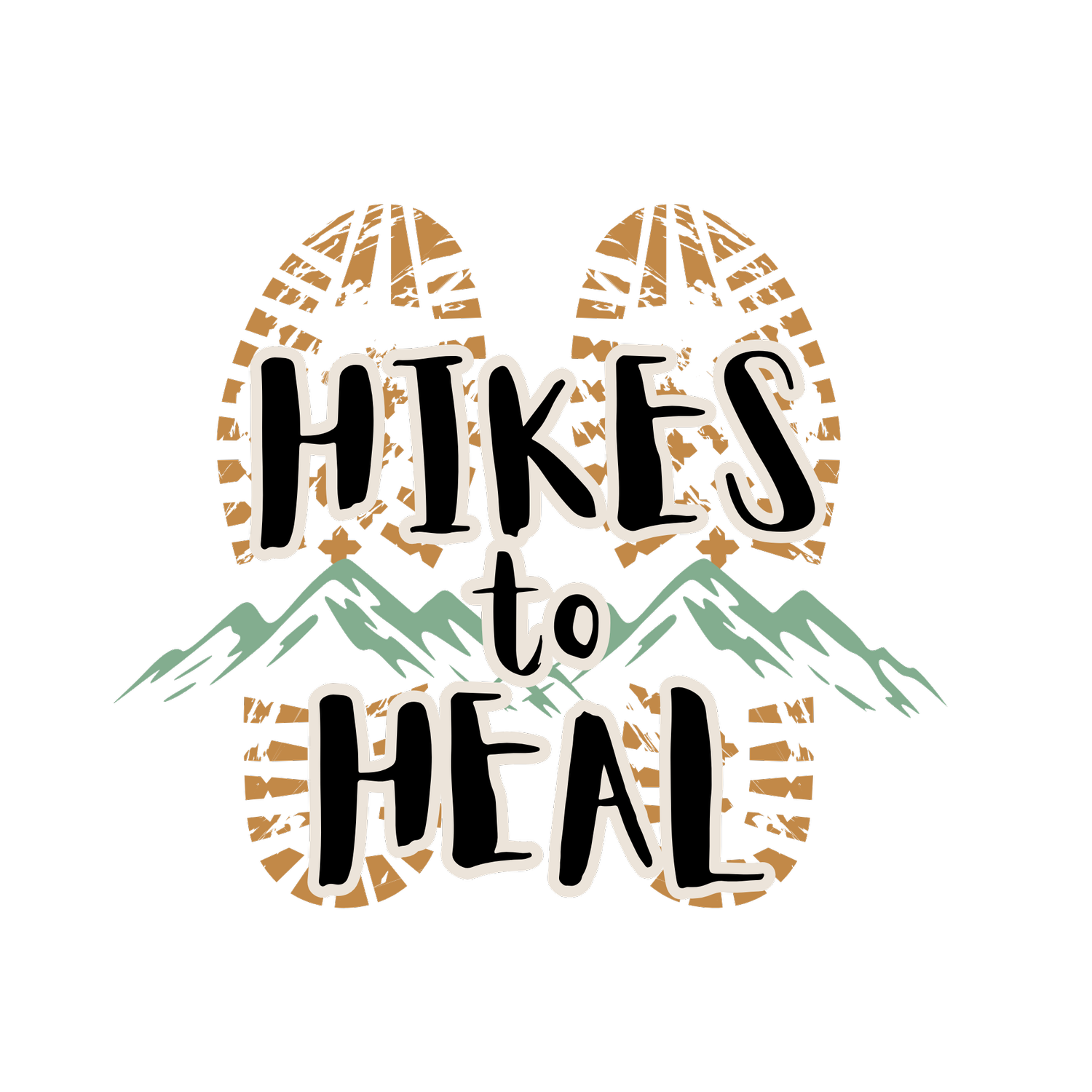Breathe It In: The Healing Power of Negative Ions in Nature
Negative ions are nature’s invisible healers, helping to lift your mood, calm your nervous system, and reconnect you to something deeper. Whether it’s a waterfall, a forest path, or the quiet corner of a city park, the Earth is always offering you a way back home: one breath, one step, one touch at a time.
Have you ever taken a deep breath near a waterfall or after a thunderstorm and felt instantly clearer, calmer, or more alive? That refreshing, almost electric feeling is more than just a mood boost—it’s the work of negative ions, invisible particles that are abundant in nature and essential to our well-being.
Negative ions are oxygen molecules charged with an extra electron. While they’re unseen, their effects are powerful. Studies have shown that being in environments rich in negative ions can ease stress and anxiety, lift your mood, support deeper sleep, and even enhance immune and respiratory function. They help neutralize free radicals, improve oxygen absorption, and regulate serotonin—the brain chemical responsible for feelings of happiness and calm. It’s no wonder we feel recharged after time in nature.
The best part? You don’t have to do anything special to receive their benefits—just be there. Some places, however, are more potent than others. Waterfalls, ocean waves, and crashing surf top the list, delivering the highest concentrations of negative ions. Dense forests, especially pine or evergreen groves, come next, followed by high-altitude mountain ranges, lakes, rivers, and streams. Even walking outdoors after a thunderstorm can offer a dose of this natural healing. Parks and green spaces in the city provide fewer ions, but they’re still better than staying indoors. Unfortunately, cities, with their pollution, concrete, and electronics, tend to be flooded with positive ions, which can leave us feeling fatigued, irritable, and ungrounded.
To truly soak up the benefits of negative ions, aim to spend at least 20 minutes a day outdoors in a natural setting. For deeper emotional and nervous system regulation, 60 to 90 minutes a few times a week is ideal. Even short bursts—like pausing beside a stream or taking a walk in the rain—can reset your energy. It’s like plugging your body back into nature’s power source.
And if you live in the city and can’t always escape into the wild, don’t worry—you still have options. Visit your local park. Find a quiet tree-lined path. Breathe in deeply after a storm. Sit on the grass. Take your shoes off and feel the Earth beneath you. These small, consistent moments of connection add up. Even just placing your hand on the bark of a tree or closing your eyes under an open sky can remind your body that it’s safe, supported, and part of something much bigger. The Earth doesn’t ask for anything in return—just your presence.
The truth is, nature always meets us where we are. She doesn’t need perfection or long hikes—just your willingness to slow down and be with her. So the next time you’re feeling off, scattered, or drained, ask yourself:
When was the last time I stepped outside and let the Earth hold me?
The Medicine Beneath Our Feet: Healing with Dirt through Sylvotherapy
Soil isn’t just dirt—it’s medicine. In sylvotherapy, we learn to reconnect with the ground beneath us, where healing begins with something as simple as sinking our hands into the earth. From childhood play to primal instinct, our bodies remember: the dirt knows what to do.
When we think of healing in nature, we often imagine towering trees, crisp air, and the soothing sound of leaves rustling in the wind. But what many overlook is the power held beneath our very feet—dirt. In sylvotherapy (forest therapy), we don’t just connect with the trees above us—we root down and remember the medicine in the earth below.
Dirt is alive.
It holds microbial life that communicates with our immune system, supports serotonin production, and invites a calming sense of belonging. Simply walking barefoot, kneeling in the soil, or sitting close to the ground can help regulate the nervous system, ground anxious energy, and remind us that we are part of something ancient, alive, and wise.
Have you ever noticed how animals instinctively roll in the dirt, or how children love to dig their hands into the soil and play? They know.
Their bodies remember something we’ve forgotten—that the earth is not dirty, but divine. It's medicine in its rawest, most accessible form.
When was the last time you made a mud pie, a mud mask, or simply let your hands sink deep into the earth?
The smell of fresh soil after a rainstorm has a way of softening the edges of our day. It invites us to take a long, deep breath… and exhale. In that moment, our bodies realign with Mother Earth—steady, safe, and sacred.
In every Hikes to Heal journey, we honor the ground.
We pause. We kneel. We touch the dirt with intention. Because in that sacred act of stillness, we’re not just walking on the Earth—we’re letting her hold us, cleanse us, and remind us who we are.
Look down. Get low. Touch the soil. Smell the soil. Let it love you back.


